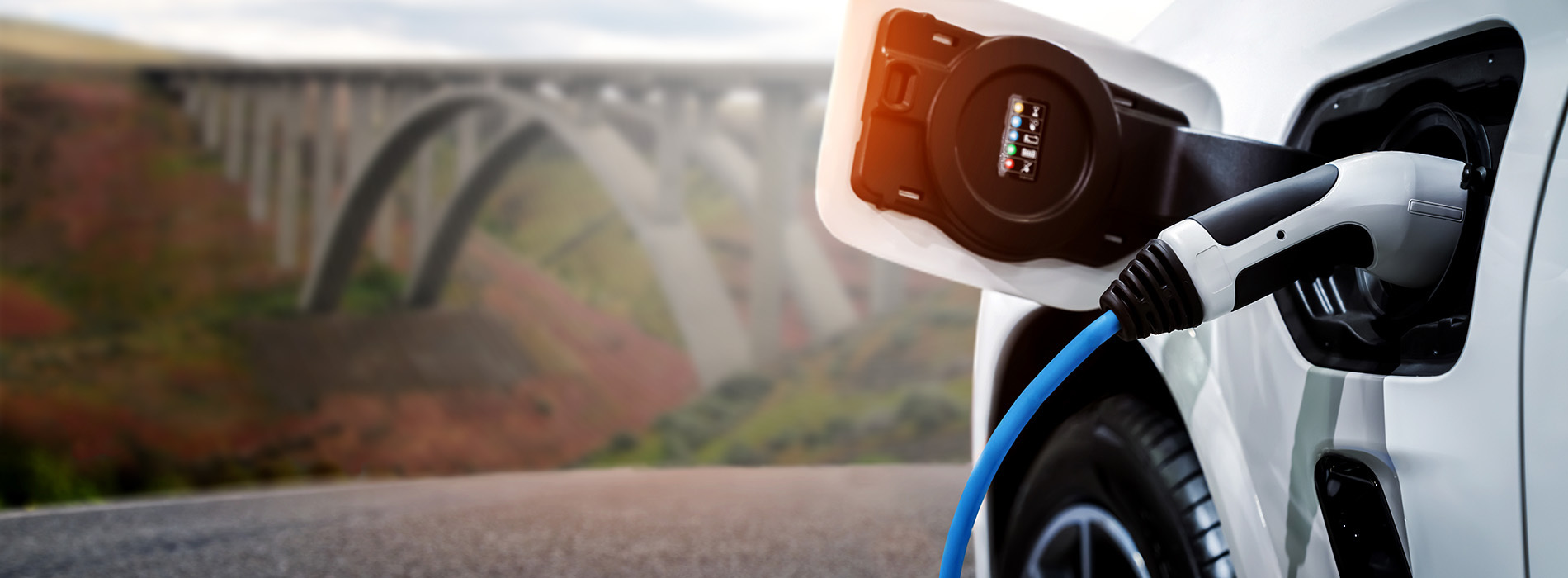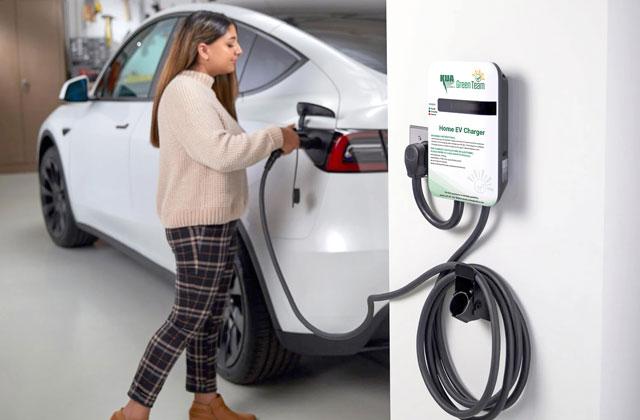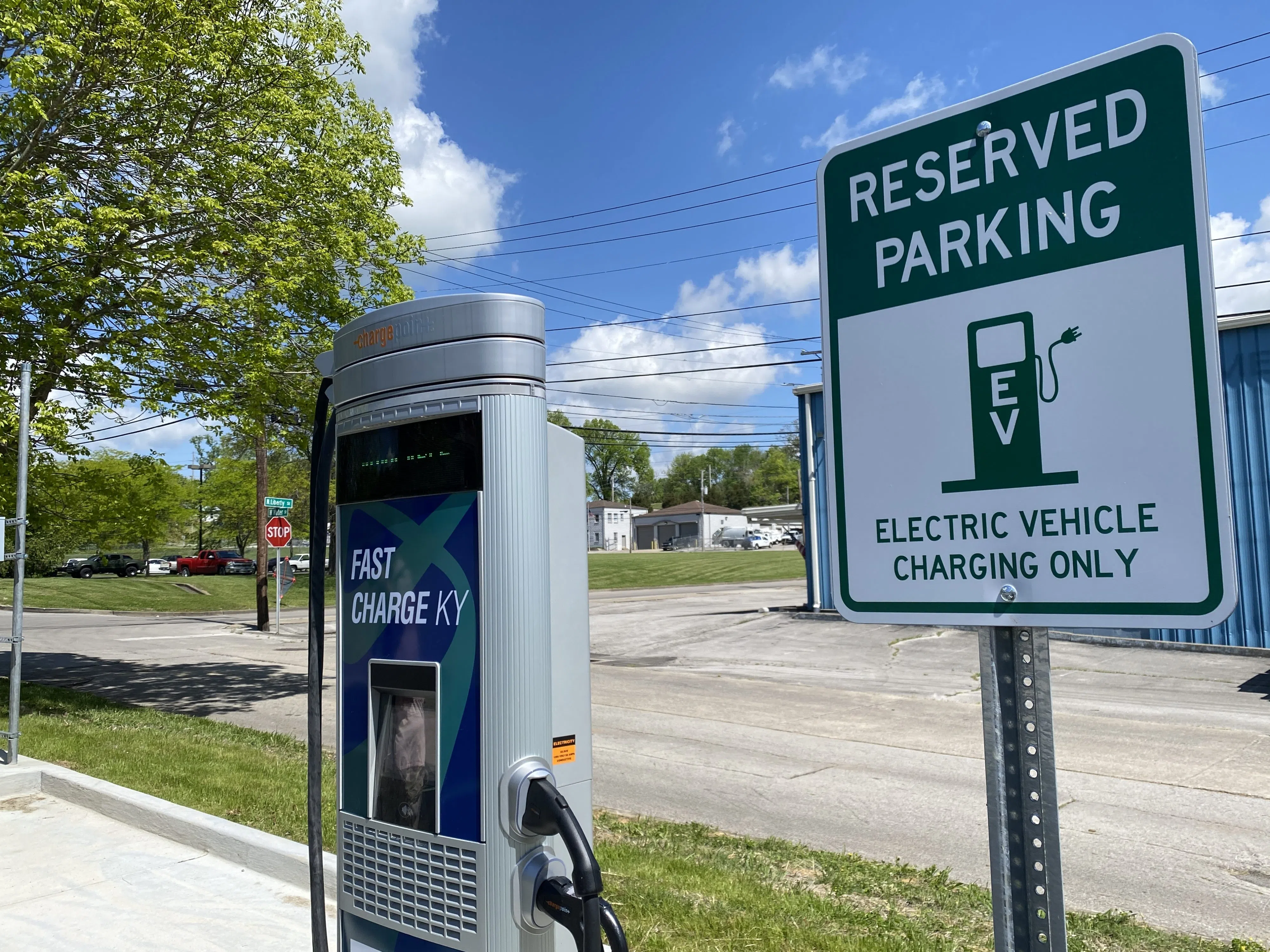Key Innovations in the EV Sector You’ll Find in Today’s Buy EV Charging news
Key Innovations in the EV Sector You’ll Find in Today’s Buy EV Charging news
Blog Article
Leading EV Charging Information: Key Updates on Facilities and Advancement

Recent Developments in Fast-Charging Innovation

In addition, innovations in battery innovation, including improved thermal management systems and greater energy thickness batteries, enhance fast-charging capabilities. These advancements minimize the risk of battery degradation during quick charging, ensuring durability and efficiency for EV proprietors.
Additionally, the combination of smart charging options is boosting user experience, allowing real-time tracking and dynamic rates versions. EV Charging news. This flexibility enables chauffeurs to optimize charging times and expenses based on grid need
As car manufacturers proceed to purchase fast-charging networks, the cooperation in between sector stakeholders is vital. Collaborations in between billing terminal service providers and automotive suppliers are leading the way for comprehensive protection, eventually promoting a much more durable EV ecological community. These innovations are crucial in sustaining the change to lasting transport.
Federal Government Initiatives for Billing Development
Federal government efforts play an important duty in the growth of electric car (EV) charging infrastructure, helping with the transition to lasting transport. Different government and state programs are being applied to improve charging accessibility, reduce the economic problem on consumers, and advertise the adoption of electric lorries.
Significantly, the U.S. federal government has actually assigned considerable funding via the Framework Investment and Jobs Act, which earmarks $7.5 billion for EV billing network development throughout the country. This financing is targeted at deploying hundreds of new charging terminals, particularly in underserved areas, thereby addressing range anxiousness among potential EV purchasers.
Furthermore, numerous states are establishing legislation to simplify the permitting procedure for billing station installations, which is critical for speeding up release. Rewards such as tax obligation debts and refunds for both consumers and services are also being presented to urge the setup of billing infrastructure.
In addition, public-private collaborations are significantly ending up being an emphasis, leveraging personal financial investment to complement federal government funding. These campaigns underscore a collective approach vital for constructing a efficient and detailed EV charging network, eventually adding to a greener and more sustainable future.
Ingenious Battery Solutions Enhancing Performance
Changing the landscape of electric car (EV) modern technology, cutting-edge battery solutions are considerably improving performance and efficiency. Advances in battery chemistry, especially with lithium-sulfur and solid-state batteries, are causing raised power density, which permits longer arrays and faster billing times. These new battery types have the potential to exceed standard lithium-ion batteries by using greater abilities while decreasing weight, consequently boosting total automobile performance.
In addition, growths in battery monitoring systems (BMS) are maximizing power use and expanding battery life expectancy. Smart algorithms keep track of battery health and performance, enabling real-time adjustments to billing and releasing processes. This not only enhances the performance of the battery yet additionally makes sure a much more sustainable and trusted power source for EVs.
Additionally, the integration of reusing modern technologies is attending to the environmental impact of battery manufacturing and disposal. Advancements in second-life applications for EV batteries are facilitating their use in power storage systems, contributing to a round economic climate.
As these innovative battery solutions proceed to develop, they guarantee to change the EV market, making electrical automobiles much more easily accessible and appealing to a broader target market while supporting international sustainability goals.

Cooperation Between Automakers and Charging Networks
Recognizing the crucial demand for a durable billing framework, car manufacturers are significantly teaming up with billing network providers to enhance the EV ownership experience (EV continue reading this Charging news). These collaborations aim to create a smooth billing ecological community that profits consumers and supports the shift to electrical cars
Major automobile brands are signing up with pressures with well established charging networks to increase their billing station coverage, ensuring vehicle drivers have accessibility to practical and trustworthy charging alternatives. Partnerships with networks like ChargePoint and Electrify America permit automakers to integrate billing services straight into their vehicles' navigating systems, assisting users to the local stations and giving real-time accessibility updates.
Furthermore, these cooperations typically result in the growth of fast-charging modern technologies that considerably lower the time required to recharge an EV. By merging sources and experience, automakers and billing networks can introduce faster, producing services that satisfy the growing demand for electrical movement.
On top of that, joint initiatives might additionally result in even more standard charging procedures, which can ease consumer confusion and advertise broader EV adoption. Generally, these critical alliances are essential in developing a easy to use and effective billing infrastructure that meets the requirements of an increasing electric automobile market.
Obstacles Facing EV Charging Infrastructure
As the electric automobile market remains to expand, numerous difficulties are appearing that prevent the growth of a detailed billing infrastructure. One of the main challenges is the inadequate variety of charging terminals, particularly in underserved and rural city locations. This space produces array anxiousness amongst potential EV purchasers, deterring them helpful resources from making the switch.
In addition, the absence of standardization in charging technology makes complex the framework landscape. Variants in plug types and billing rates can create complication for users and increase functional complexities for billing network operators.
Another pushing issue is the high price connected with the installation and upkeep of charging terminals, which can be a barrier for both exclusive services and public entities. Lastly, regulatory obstacles and zoning restrictions can postpone the deployment of billing infrastructure, restraining progress in increasing vital solutions. Addressing these challenges will certainly be essential for promoting a durable EV ecosystem that sustains the shift to lasting transportation.
Conclusion
In final thought, the continuous innovations in EV charging innovation, sustained by substantial federal government initiatives and innovative battery services, are vital for the development and performance of electric automobile framework. Cooperations in between car manufacturers and billing service providers even more improve station insurance coverage, addressing the growing demand for obtainable billing alternatives. Regardless of difficulties that continue within the EV billing landscape, these developments signify a favorable trajectory in the direction of a much more lasting and efficient electrical lorry ecosystem.
Innovations in billing framework have led to the development of ultra-fast chargers qualified of providing up to 350 kW of power, substantially minimizing charging times. Variants in plug kinds and view it charging speeds can develop confusion for users and raise functional complexities for billing network drivers.In conclusion, the recurring innovations in EV charging technology, sustained by considerable federal government campaigns and ingenious battery remedies, are vital for the growth and efficiency of electrical vehicle framework. Partnerships in between car manufacturers and billing service providers further improve station protection, addressing the expanding demand for easily accessible charging alternatives. In spite of obstacles that linger within the EV billing landscape, these growths symbolize a favorable trajectory towards a much more effective and lasting electric automobile community.
Report this page